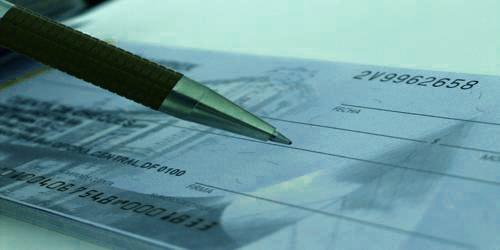Banker responsibility when a materially altered cheque is presented for payment
A pertinent question arises as to what is ‘material alteration’? The term ‘material alteration’ is not defined either in the Indian contract Act, 1872 or in the Negotiable Instruments Act, 1881 even though documents relating to these acts suffer frequent alterations. The term ‘material alteration’ does not appear to have received any exact definition from the legislature in any enactment in India. It would, therefore, be appropriate to look at the works of legal authorities and the judgments of the courts to find out as to how the term has been understood/interpreted.
Their Lordships of the Privy Council in the case of NathuLal vs GomtiKuar cited the following paragraph from the Halsbury’s Laws of England, which explains the term material alteration very succinctly:
“A material alteration is one which varies the right, liabilities or legal position of the parties ascertained by the deed in its original state or otherwise varies the legal effect of the instrument as originally expressed, or, reduces to certainty some provision which was originally unascertained and as such void, or may otherwise prejudice the party bound by the deed as originally executed.”
Materially altered cheque
(1) Where a promissory note, bill of exchange or cheque has been materially altered but does not appear to have been so altered, or where a cheque is presented for Payment which does not at the time of presentation appear to be crossed or to have had a crossing which has been obliterated, payment thereof by a tenor thereof at the time of payment and otherwise in due course, shall discharge such person or banker from all liability thereon; and such payment shall not be questioned by reasons of the instrument having been altered; or the cheque crossed.
(2) Where the cheque is an electronic image of and the truncated cheque shall be a material alteration and it shall be the duty of the bank or the clearing house, as the case may be to ensure the exactness of the apparent tenor of an electronic image of the truncated cheque while truncating and transmitting the image.
(3) Any bank or a clearinghouse which receives a transmitted electronic image of a truncated cheque shall verify from the party who transmitted the image to it, that the image so transmitted to it and received by is exactly the same.















